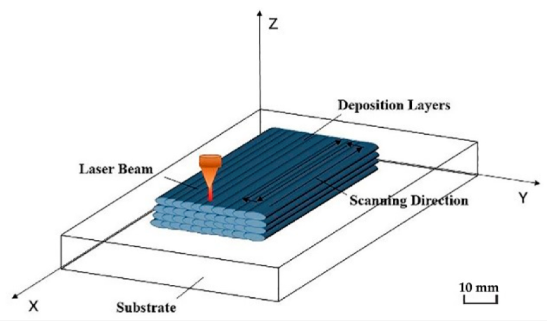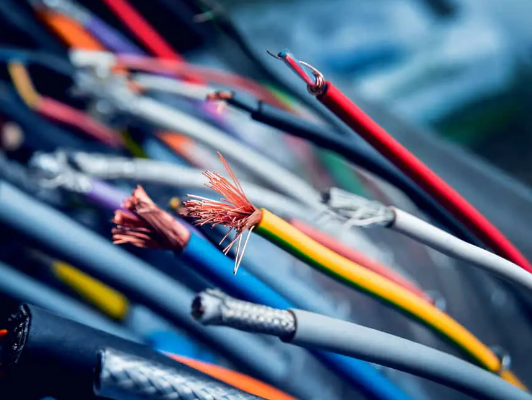Plasma spraying is one of the main types of thermal spray coatings that are commonly used.
The plasma spray process
There are a number of key stages to the plasma spray process, which are outlined below.
The first stage is the preheating of the substrate. This is done in order to optimise both adhesion and coating quality. A heated substrate is more responsive to the molten particles. It also reduces residual stresses and amplifies the overall performance qualities of the coated component.

The next stage involves powder injection and melting. Particles of fine powder are injected into a tremendously hot plasma jet where they melt and become liquid droplets.
These droplets are then sprayed at high velocity towards the substrate where they solidify, accumulate and gradually build up a layer of coating. Adjusting the spraying parameters (distance, angle, speed) enables the thickness of the coating to be precisely controlled and the operator can also ensure uniformity.
After the spraying is complete, the coating cools and solidifies. This part of the process must be carefully managed as it is when the microstructure, properties and adhesion of the coating are determined.
Uses
Plasma spray coatings can be used in a wide range of industries including automotive, medical, aerospace, engineering, cosmetics, petrochemical, marine/boating, and cooking.
Examples of products that have these coatings include hair straighteners, car parts, medical/dental implants, pet toys, saucepans, and solar panels.
Coating solutions
If you feel that your products could benefit from a plasma spray coating, there are several specialist providers with online resources where you can find more information, such as at poeton.co.uk/standard-treatments/plasma-coatings/.
What materials are used?
The range of materials that can be used for coatings is extensive and includes metals, composites, ceramics, and polymers. Each of these materials has its own attributes as a coating. For example, stainless steel or aluminium can provide sturdy and corrosion-resistant coatings whilst polymers can create coatings that provide lubricity or electrical insulation.

In summary, plasma spray coatings can help protect against wear and tear, corrosion, and oxidisation. This will, in turn, increase lifespan.
